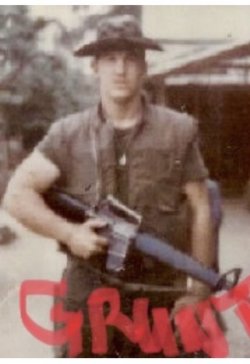The rifling twist is determined by the round that will be used and its the proper twist that will stabilize the bullet in flight. To little or too much will cause the bullet to wobble or tumble.
And while the mass of the bullet is a big factor, an even bigger factor is the length of the bullet. So two bullet of the same mass but different bore and length will require different twist to stabilize.
In "most cases" more twist than the minimum needed by a round won't hurt and it will still remain stable, I'm sure to a point.
While the OP didn't ask about AR's, it is a perfect example, the M-16A2 they increased the rifling from 1:16 to 1:7 (from memory, CMIIW). All sorts of rumors came out of that change, none of them true. They changed the rifling because they were adopting new rounds to be used with M-16, that needed greater twist of the rifling. More mass for the same bore, the rounds were longer. They also adopted a tracer round for the M-16 that was much longer than all the other rounds, it was that one round is why they increased the rifling so much, and it had no drawback for the rounds that minimum twists was lower than the 1:7 selected. I think 1:9 is the perfect rifling for the greater mass 5.56 rnds, probably even less, but everyone will attest the 1:7 barrels are just as accurate as any other.
And no, M-16A1's in Vietnam did not have rounds tumbling through the air, you'd never hit a target if that was true. All 5.56's rounds, then and now, since they are heavier in the rear than the pointy front, if they hit flesh with enough velocity, they will swap ends as they decelerate, i.e. the tumble in the body, and if they hit with an even higher velocity, the tumbling will cause them to break up and create much more damage. And if the 5.56 has less velocity it won't tumble or break-up. Thus the accounts of squads with full length barrel M-16's and short barrel M-4's engaging enemy at a distance, the M-16 drop enemy while the M-4's did not. The longer barrel produces more muzzle velocity and at a distance the velocity drops, the longer barrel started with more velocity at the muzzle at had more at the end of the ballistic path. At a certain distance M-16 still had enough velocity for rounds to Tumble when they hit flesh, while the M-4's did not have enough velocity.
But, does that make a difference? While its a neat point, seems to me whether the twist is clockwise or counterclockwise wouldn't make a difference in stabilizing the round during flight?
Are 1911's more accurate in the Southern Hemisphere?



